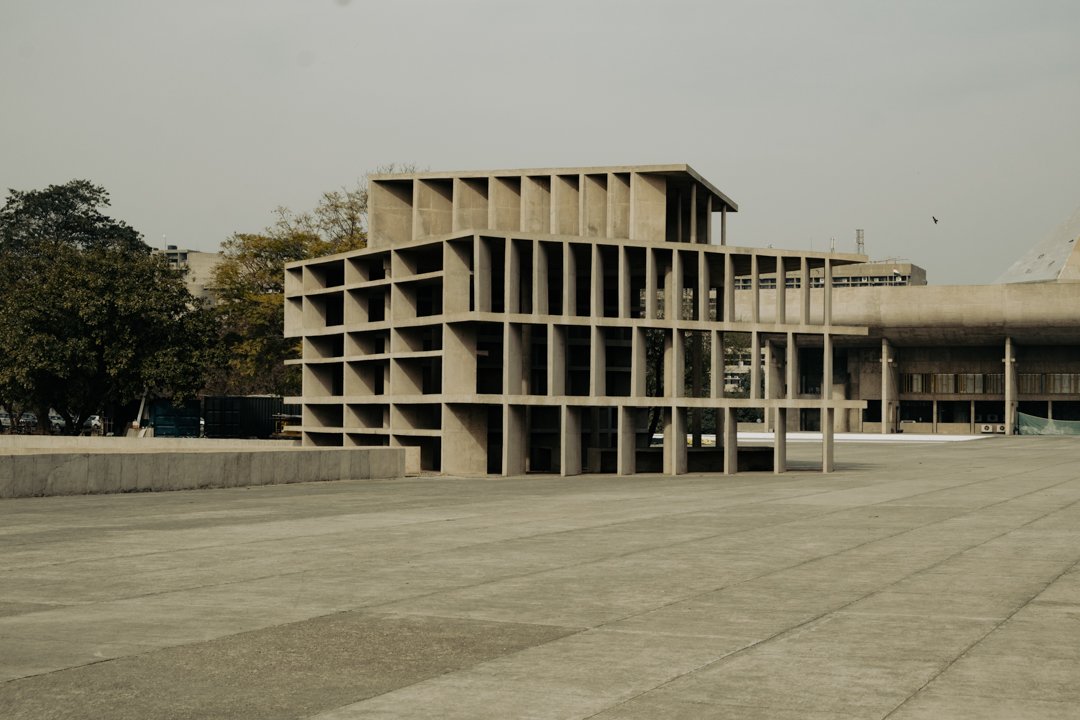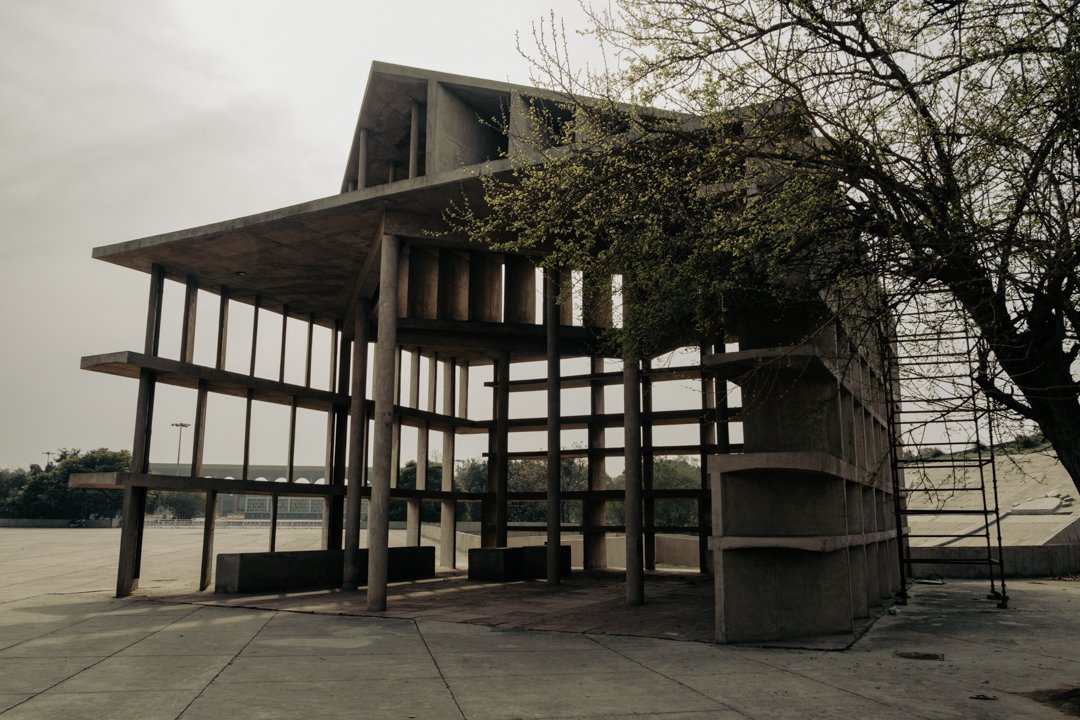Our first view of Angkor Wat is very impressive but of course we didnt beat the crowds - thousands of people marching, gathering, jostling for the best spot to capture a photo. It was in fact the public holiday for the ancestors festival as well as a 10 year anniversary of the death of their old king - we couldn’t have chosen a busier time. Oh yes we could - sunset or sunrise.
Read Morearchitecture
You Can Catch More Flies With Honey Than With Vinegar - Vietnamese Proverb. Hue. Vietnam
Our visit coincided with the the full moon lantern festival which was unique and fun to see the trees lit up with beautiful lights as well as yellow and red dragons dancing clumsily through restaurants getting tangled up in ceiling fans and wires. We unfortunately brought the rain with us, not ideal for a lantern festival.
Read MoreOne Drop of Poison Infects the Whole Tun of Wine - Vietnamese Proverb. Hue. Vietnam
Wishing for something completely different, we located Hue Abandoned Water Park. It sounded interesting on-line but wasn’t quite the secret it was made out to be. Once a bustling aquatic playground, nestled amidst the pine hills of Hue, this water park spans an area of 50 hectares.
Read MoreHow many hens will it take to kill an elephant ? Hunch advert bus stop. Chandigarh
In the north of India, on the foothills of the Himalayan mountains is a modernist’s raw concrete city from another time. Which is exactly the reason we found ourselves here in Chandigarh. Our final destination.
Following Indian Partition in 1947, Prime Minister Jawaharlal Nehru wished for a new state capital for Punjab since Lahore went to Pakistan. So the Swiss born modernist architect Le Corbusier spent the 1950s bringing concrete to Chandigarh to create "the City Beautiful”. A utopian city for both Punjab and Haryana.
A city designed from scratch to resemble a living organism, complete with head, heart, limbs and circulatory system.
Chandigarh's regimented grid layout, comprising numbered rectangular "superblocks" measuring 800m wide by 1,200m long, contrasts sharply with the chaotic feel of India's traditional cities. Roads, bike lanes, green spaces, houses, public utilities all laid out in a systematic ordered way.
You can use the drain covers to help you navigate the city.
Le Corbusier’s cousin Pierre Jeanneret and the English architects Maxwell Fry and Jane Drew were brought in to design numerous buildings under Le Corbusier's direction. He himself took charge of the Capitol Complex, the state administrative hub located in the northernmost "Sector 1", which represents the city's conceptual "head".
We were staying in Sector 17, So off we set on our Brutalist adventure and discovered the grid system in reality comprised of some very, very long roads.
The shaded tree-lined, wide roads are lined with crumbling brutalist government and police buildings. The pavements, we’ve not seen many of those in India, have various obstacles you have to navigate around and are crumbling away.
The side roads were filled with plush, suburban, modernist, Californian style highly-secured Advocate homes and offices.
To get near, let alone inside Le Corbusier’s Capital Complex, we had to navigate a series of administrative hurdles. Initially, thanks to google maps we found our way to the High Court back-door premises which was really interesting with lawyers and barristers buzzing around and court papers being transported here and there. We were swiftly escorted off the premises by the police and sent to the tourism office to arrange an official escort. Didn’t you see the signs?????
Having previously experienced India's famous bureaucratic nightmares we thought we were on a hide to nothing.
However, after presenting photos of our passports we were assigned security guards, army guards and tourism officials to escort us to the showpiece - Capital Complex - the head, the brain of Le Corbusier’s creation. This is where the government headquarters and administrative offices are. This UNESCO World Heritage Site, is made up of The Secretariat Building, The High Court of Justice and The Palace of Assembly.
High Court Justice building. The additional top roof is designed to absorb heat to keep the law chambers cool.
The visit was a whirlwind and due to court being in session we were unable to go inside or even near the signs forbidding you to go within a stones throw. Barristers meanwhile pace the grounds in-between sessions
The Open Hand Sculpture stands 26 meters high. The lower assembly area has no echo and a person speaking can be heard without the need of a microphone. The hand moves indicating the wind direction. The city's motto is "Open to give, open to receive", symbolised by Le Corbusier's Open Hand monument.
We managed to arrange a second visit a couple of days later, this involved another round of paperwork, another set of security measures and finally we were allowed a little closer to the Capital Complex buildings and even inside the Palace of Assembly and inside the Punjab Assembly room. Not without handing over bags, phones and cameras and being scanned. The inside is a glorious celebration of modernist interior design and furniture. The escorted lightening tour unfortunately didn’t include getting any closer to The Secretariat.
This sculpture is an experiment with how to get light in a building but not the heat. It’s certainly is a lot colder when you walk round the other side.
Left is the Haryana Palace of Assembly Room roof. Right is the Punjab’s roof. It was designed to let light flood in and highlight the speakers inside the room below. It has now been blocked up due to unwanted drone activity.
Palace of Assembly
Secretariat Building.
What we have witnessed is a utopian city showing more than just a few cracks. Some areas have a distinct distopian look. Many of Le Corbusier’s most emblematic concrete buildings have fared badly in the Indian summer heat and monsoon seasons. Restoration campaigns have attempted to restore some of the buildings in the city but Le Corbusier’s vision and “raw concrete” aesthetic is being gradually eroded in the process.
This is a a quiet city thanks to the no horn policy but its deafening in its overbearing signage. There is also a huge police presence. To us, as non-indian visitors it doesn’t feel like the happiest Indian city it claims to be, but we don’t live here.
It’s always worth popping into the Indian Coffee Shop - if you can get a table.
Chandigarh has apparently become India’s wealthiest city per capita. However on the other side of the coin the city now faces the challenge of overpopulation. Initially designed to accommodate 500,000 inhabitants, it’s expected to be home to 1.6 million inhabitants by 2031. Slums, as we witnessed in an unofficial taxi ride back to the airport, continues to expand outside the city, the very opposite to Le Corbusier’s dream.
'We Want Peace' - Graffiti slogan on wall. Wanli UFO village
We travelled over to the beautiful north coast of Taipei, where you can see the ocean on one side with tall green mountains on the other. We made the journey to see the strangest architecture that you’re going to find in Taiwan. The alien looking ‘UFO Houses’.
The houses are part of a beachside community of holiday homes, located in the district of Wanli. The UFO Houses which are officially known as Futuros have an interesting history and the small community of houses on Taiwan’s North Coast consists of the biggest group of this architectural design in the world.
In addition to the ‘Futuros’ there are also a number of ‘Venturos’ which are similarly designed homes. They were both designed by architect Matti Suuronen in the 1960s. The Venturo houses that are here tend to be in much better condition than the Futuros and quite a few of them have been renovated and are occupied today. It is thought that these are ‘Made in Taiwan’ versions as they differ slightly from Suuronen’s original designs. But nevertheless they are fascinating.
An occupied Venturo.
The Futuro is a pill-shaped structure made of fibreglass, reinforced plastic and plywood. The interiors, which are slowly disintegrating, comprises of just 50 square meters divided into a living room, dining room, kitchen, bathroom and private bedroom. The creative allure, flexibility and size was an attempt to solve housing issues around the world. Once ready for production, special furniture packages were also created. Unfortunately the rising prices of plastics and oil in the 1970s sealed their fate and only about 100 homes were made before production ceased.
Futuro kitchen, dining and living space.
Venturo bedroom
Venturo living space.
Futuro kitchen
Bedroom and living room with sliding partitioned door.
The Venturos occupied today have the original stainless steel canopy frames and handrails. Some have the addition of a basement underneath providing more living space or modernised with new cladding and tiles.
What makes this place even more bizarre is that the area of Wanli is pretty desperate. Many of the beach side hotels are derelict with just a few taken holiday apartments on the sandy beach. Apparently beach holidays are not popular with the Taiwanese and the winters on this side of the island are pretty harsh.
The town has barely anything in it. We managed to find a cafe, which was someone’s house. She showed us the crab in the fish tank and cider in the fridge and that was all that was on offer. We bought the cider.
Thank you to Josh Ellis for the information on the internet regarding the history of the UFO Houses.



